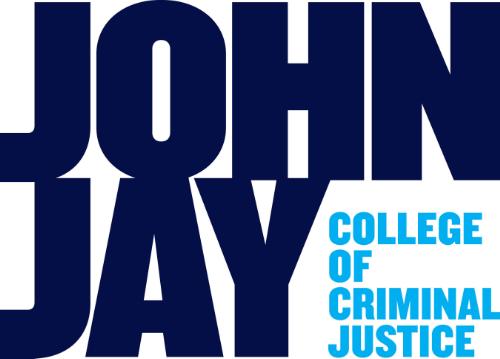
Date of Award
Summer 8-2017
Document Type
Thesis
Degree Name
Master of Science (MS)
Department/Program
Forensic Science
Language
English
First Advisor or Mentor
Mechthild Prinz
Second Reader
Lawrence Kobilinsky
Third Advisor
Zhe Cheng
Abstract
DNA testing on touched objects is a valuable tool in forensic investigations, but DNA is usually present in low amounts, causing poor STR typing results. For touch DNA evidence, there is a clear need for additional individualization, especially for highly probative samples. This could be achieved by testing genetically variable proteins. The goal of this project was to develop a DNA/protein co-extraction method to facilitate DNA and protein testing on the same evidence item. Existing DNA extraction methods were carefully adjusted to allow for downstream mass spectrometry analysis. Initial experiments on saliva and fingerprints placed on glass suggested that trypsin and Millipore microcon MW100 units can be used to extract both DNA and protein from forensic samples, as well as produce interpretable DNA profiles and peptide sequences. The Microcon separation of both fractions was more suitable for both STR and mass spectrometry analysis than simply dividing the sample in half after trypsin digestion with no further purification. When tested in parallel to the standard Proteinase K method, the microcon co-extraction method had better DNA typing success rates. Mass spectrometry results for the microcon trypsin-based co-extraction method yielded expected amounts of identified proteins, including tissue specific proteins for both skin and saliva samples.
Recommended Citation
Kranes, Steven, "Optimizing A Method For Simultaneous Recovery of Proteins and DNA from Fingerprints" (2017). CUNY Academic Works.
https://academicworks.cuny.edu/jj_etds/33
Included in
Biology Commons, Cell Biology Commons, Forensic Science and Technology Commons, Genetics Commons, Molecular Genetics Commons

